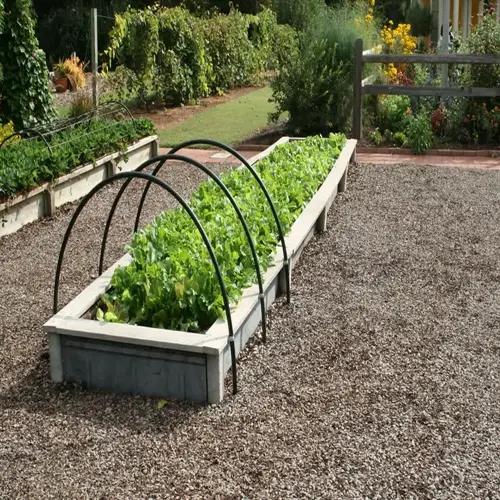When is the optimal time to plant kale?

Written by
Olivia Mitchell
Reviewed by
Prof. Samuel Fitzgerald, Ph.D.Knowing when to plant kale can determine your whole harvest, as starting with the correct soil temperature is the key to germination. The optimum soil temperature for germination is between 40°F and 75°F (4 °C and 24°C). Spring planting typically occurs 4 to 6 weeks before the last frost. Fall planting occurs in late summer for sweeter, frost-kissed leaves. Significant differences exist regionally by USDA zone.
Northern Zones (3-5)
- Spring timing: Direct sow March-April when soil hits 40°F (4°C)
- Fall timing: Start seeds indoors July for August transplanting
- Frost protection: Use row covers below 25°F (-4°C)
- Variety tip: 'Winterbor' withstands -7°C temperatures
Southern Zones (8-9)
- Optimal window: September-November planting avoids summer heat
- Soil alert: Keep below 75°F (24°C) for germination
- Shade strategy: Use 40% cloth for afternoon protection
- Variety tip: 'Georgia Southern' handles humidity best
Soil Preparation is different for each planting method. Seeds require a fine-textured starter mix in trays. Direct sowing requires well-drained garden beds that have been amended with compost. Transplants require holes that are 2x the size of the root ball. I always test the soil's moisture before planting anything in it. Good prep prevents failures.
Avoid these common scheduling mistakes for optimal results. Planting too early risks frost to your tender plants. Late summer planting can throw you off your optimal growth timeframes. Failing to monitor your soil thermometers will result in reduced germination. I go old school with simple metal probes for accuracy. Mark the dates on your calendar for annual improvements.
Read the full article: When to Plant Kale for Optimal Growth
